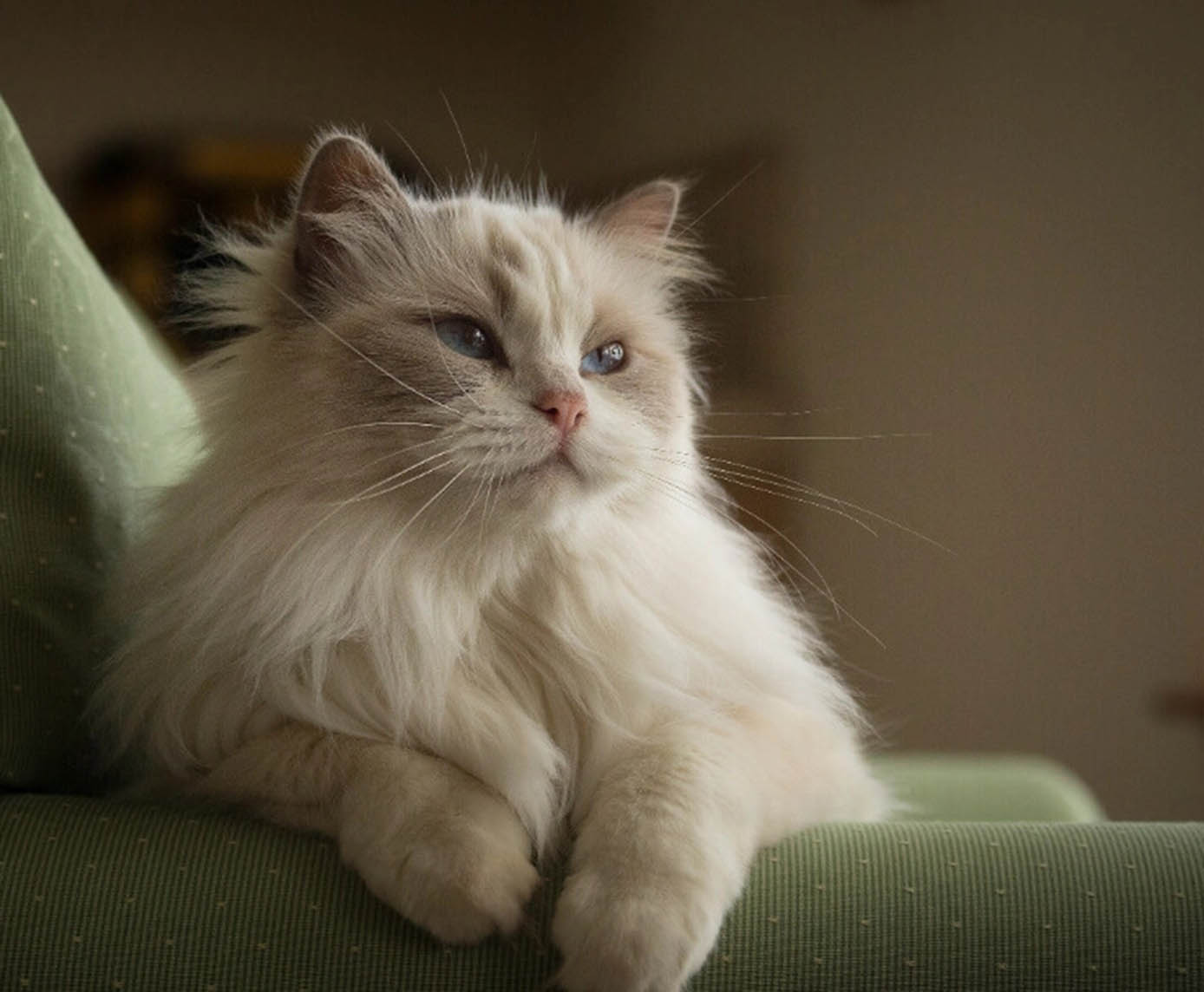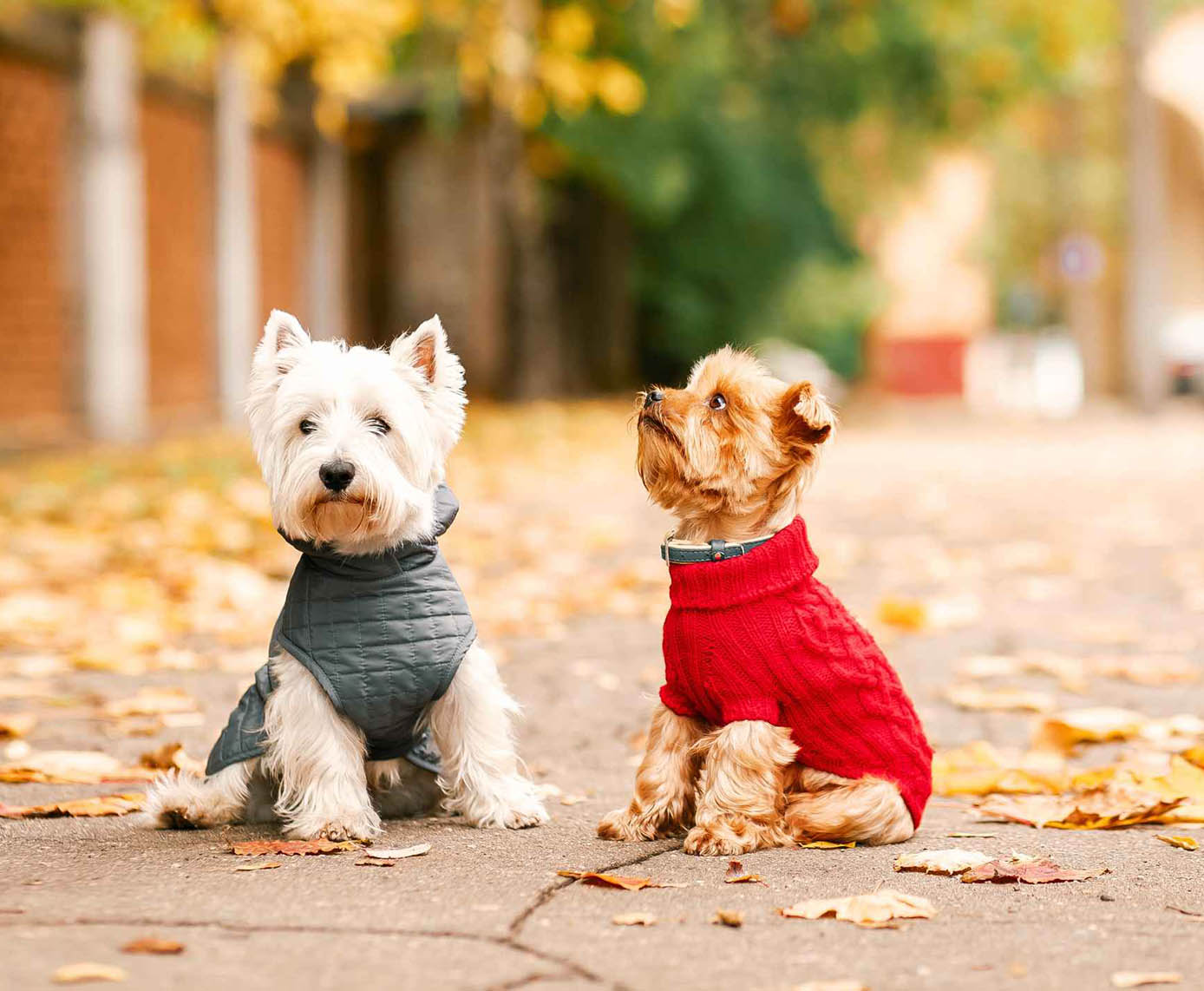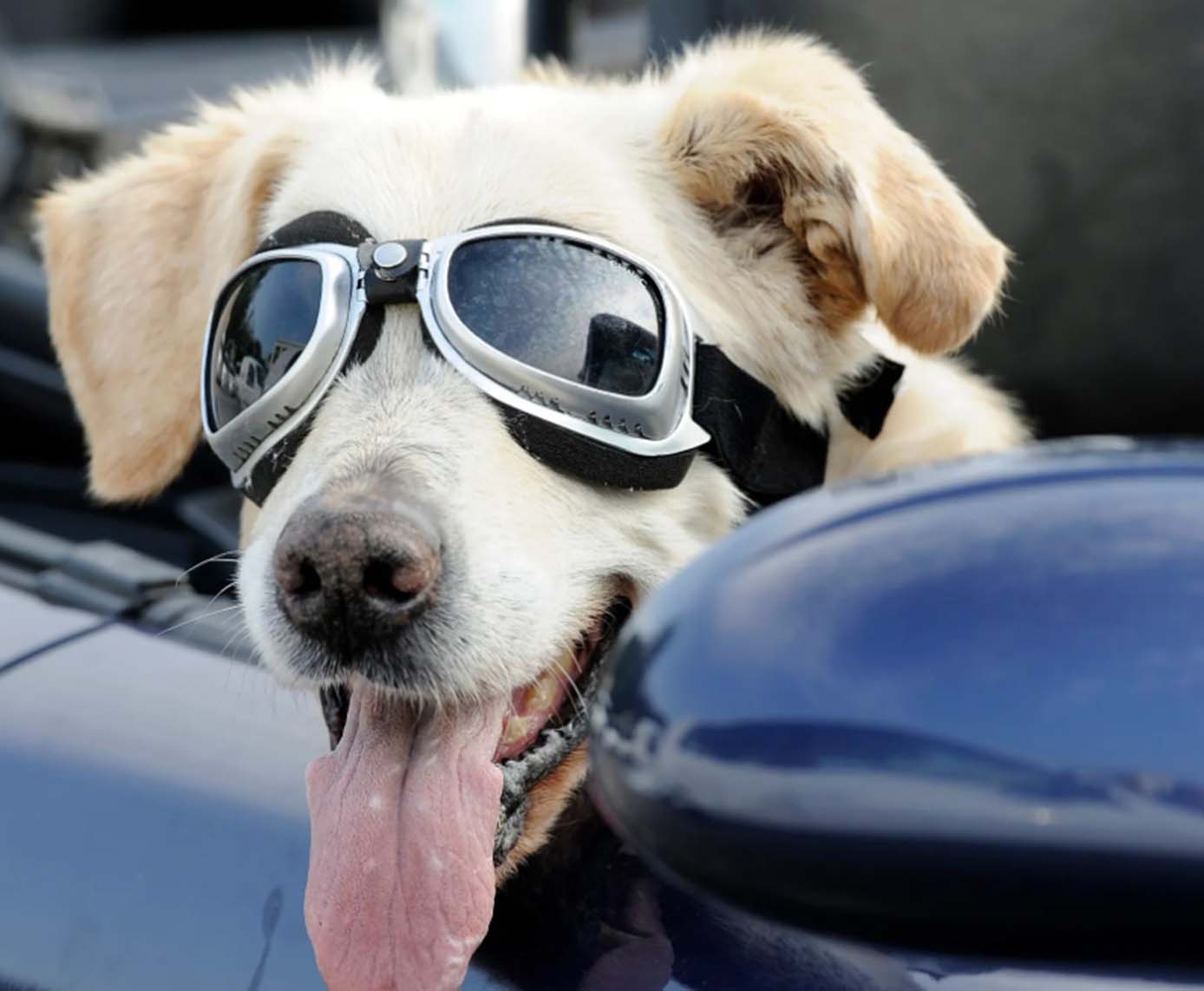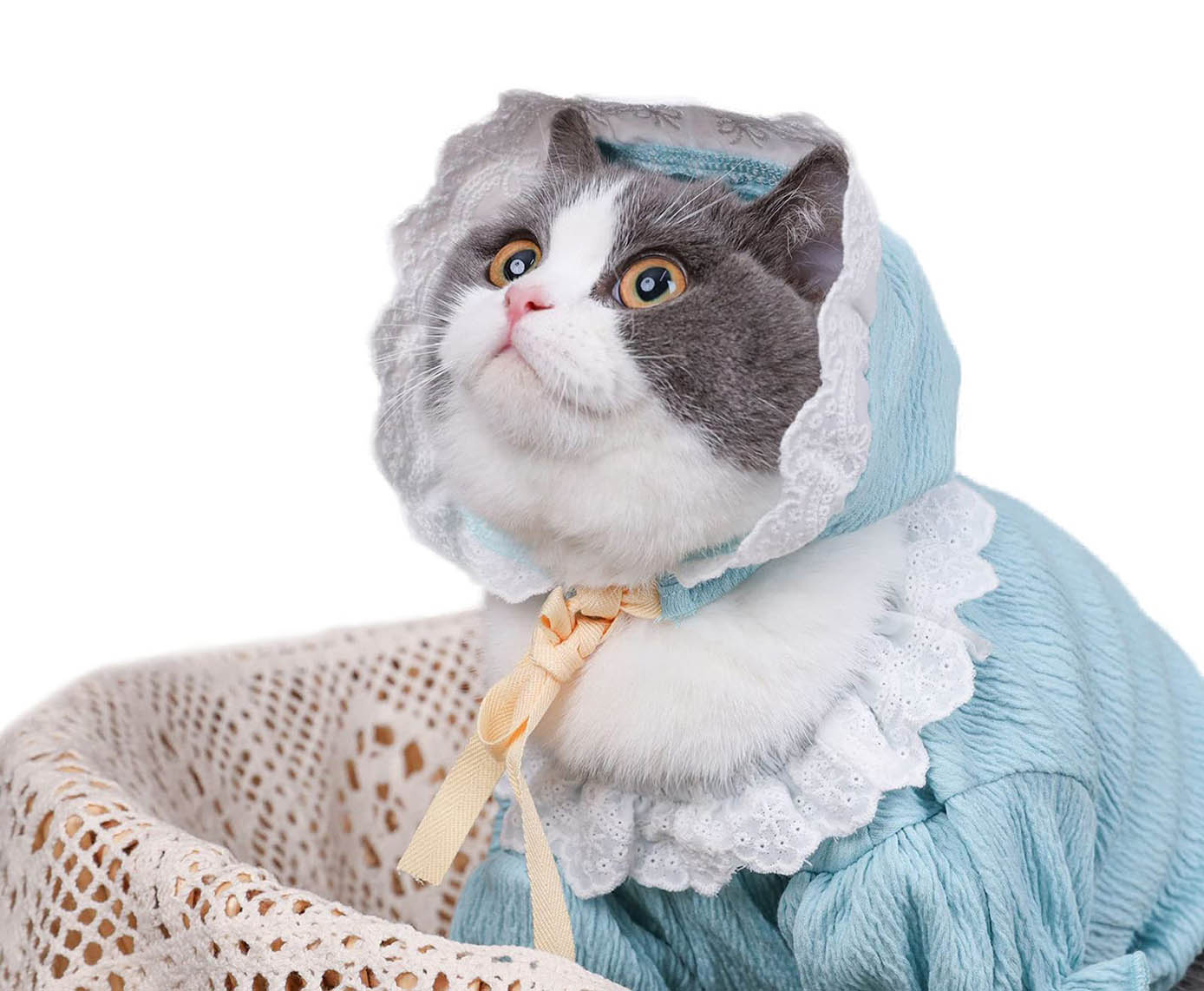Long-haired cats are beautiful, with their luxurious coats adding a striking elegance to their appearance. From Persians to Maine Coons, these fluffy felines bring both style and personality, but they also require a special level of care. Keeping their coats healthy and maintaining their overall well-being takes a bit more time and effort than caring for their short-haired counterparts. In this article, we’ll dive into the world of long-haired cat breeds, explore what makes them unique, and give practical tips on how to care for their fluffy coats.
Popular Long-Haired Cat Breeds
Understanding the characteristics of each breed helps in tailoring a care routine that suits their individual needs. Here are some of the most popular long-haired cat breeds known for their lush coats and friendly personalities.
1. Persian
- Appearance: Persians are known for their round faces, large eyes, and long, dense fur. Their coats come in many colors and patterns.
- Personality: Generally calm, laid-back, and affectionate, Persians are happy to spend hours lounging around, making them perfect lap cats.
- Care Needs: Persian coats are particularly prone to matting, and they require daily brushing to prevent tangles and to maintain their soft, clean appearance.
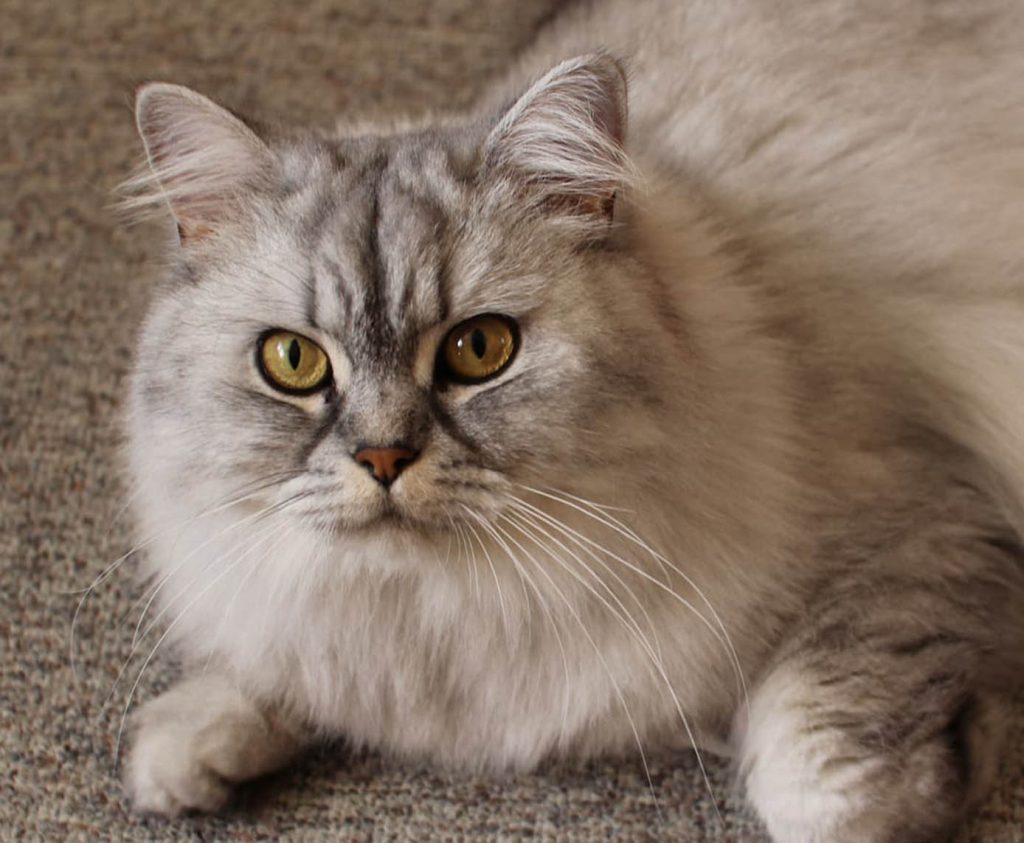
2. Maine Coon
- Appearance: Maine Coons are one of the largest domestic cat breeds, with a muscular build and long, shaggy fur that’s particularly dense around the chest.
- Personality: Known as “gentle giants,” they’re friendly, playful, and often dog-like in their loyalty to their human families.
- Care Needs: Although Maine Coons have long fur, their coats are somewhat easier to manage, but regular brushing at least a few times a week is still essential.
3. Ragdoll
- Appearance: Ragdolls are large cats with semi-long fur, known for their striking blue eyes and color-point markings.
- Personality: Sweet, docile, and known for going limp when held (hence their name), Ragdolls are gentle and affectionate companions.
- Care Needs: Ragdolls need regular grooming, but their fur is less prone to matting compared to breeds like Persians.
4. Birman
- Appearance: Birmans have medium-length, silky coats and characteristic white “gloves” on their paws. Their fur is less dense than some other long-haired breeds.
- Personality: Friendly, gentle, and social, Birmans tend to get along well with children and other pets.
- Care Needs: Their coat requires weekly brushing to remove dead hair and prevent tangles, but it’s relatively low-maintenance.
5. Norwegian Forest Cat
- Appearance: These cats have long, thick fur with a double-layer coat that helps them withstand colder climates.
- Personality: Norwegian Forest Cats are independent but affectionate and enjoy spending time both indoors and outdoors.
- Care Needs: Their dense coats require weekly brushing to avoid tangles and matting, with more attention during shedding seasons.
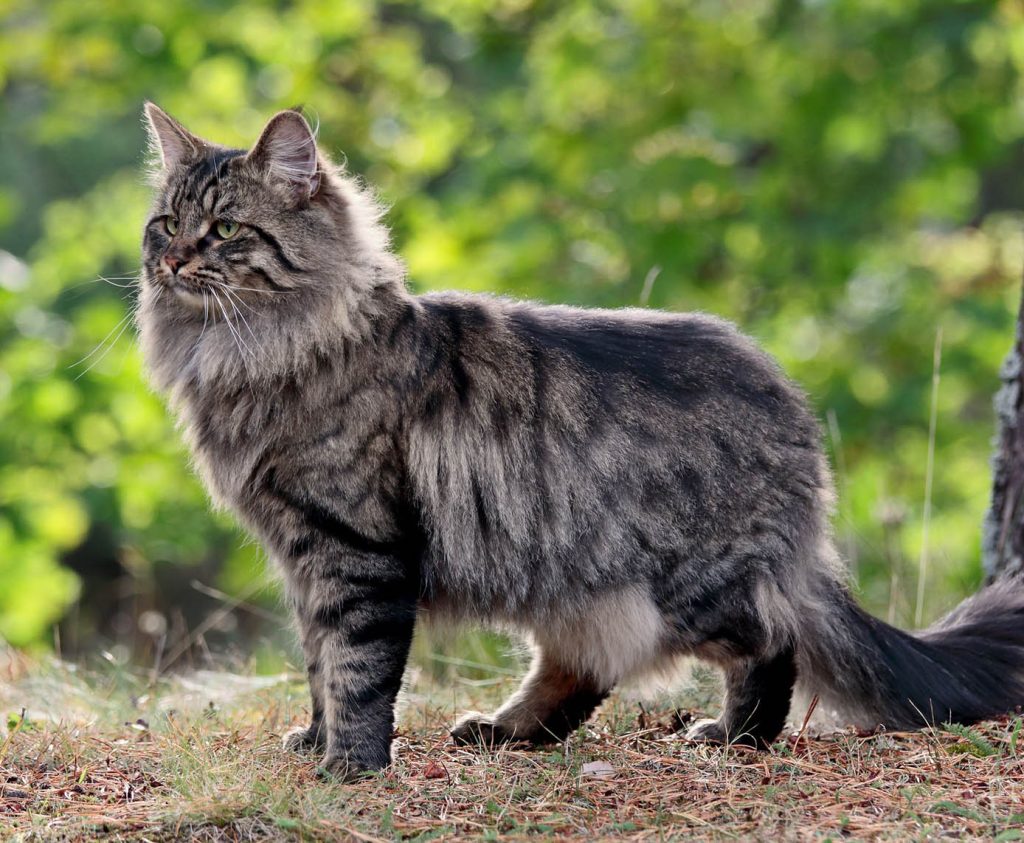
6. Himalayan
- Appearance: Himalayans are a mix between Persian and Siamese breeds, resulting in a fluffy coat and color-point markings.
- Personality: They are sweet, friendly, and loyal cats that enjoy being close to their human family.
- Care Needs: Similar to Persians, Himalayans need daily grooming to keep their long fur free of tangles and debris.
Essential Grooming Tips for Long-Haired Cats
Caring for a long-haired cat’s coat requires a regular routine. Here’s a breakdown of essential grooming tasks to keep your feline friend’s fur healthy and beautiful.
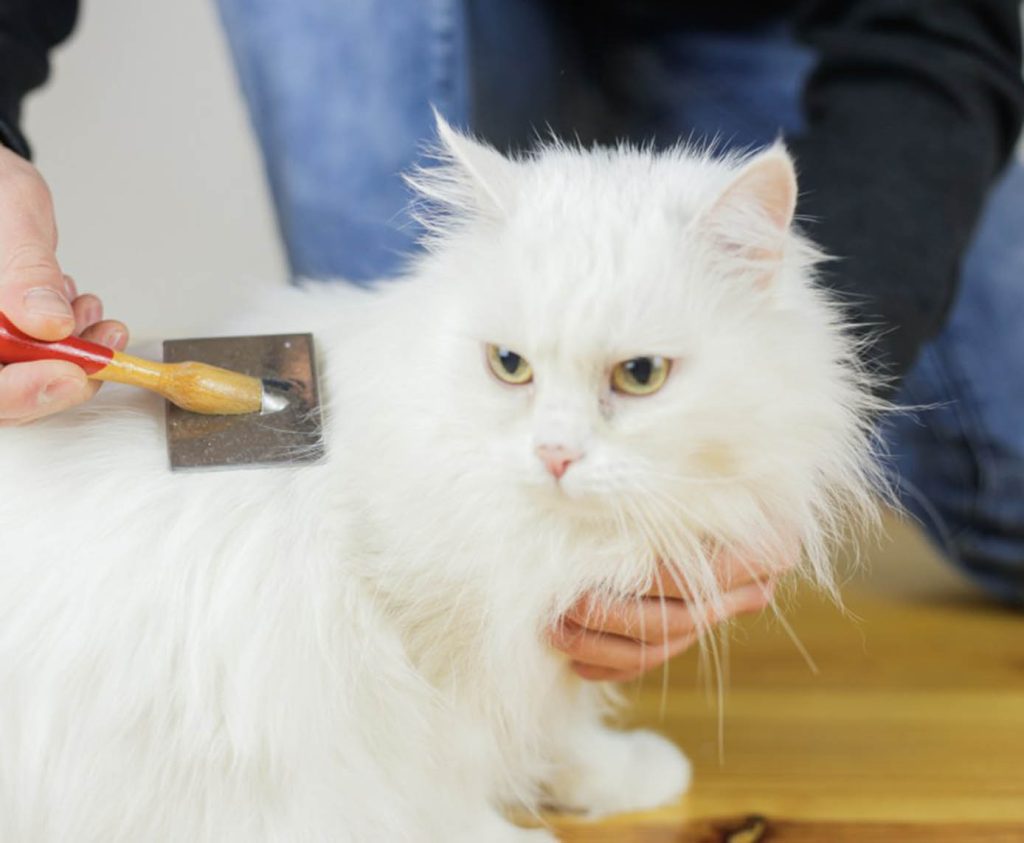
1. Brushing Basics
- Frequency: For most long-haired breeds, brushing every day or every other day is ideal. This prevents matting and helps distribute the natural oils in their coat, keeping it shiny and healthy.
- Tools: Use a slicker brush or metal comb for detangling and a bristle brush for smoothing. For cats prone to mats, a de-matting comb or rake can help.
- Technique: Start at the head and gently work your way down to the tail, focusing on areas where mats are common, such as under the legs, behind the ears, and around the chest.
2. Preventing and Managing Mats
- Prevention: Daily brushing is the best way to prevent mats. Keeping the fur free of tangles helps avoid painful mats, which can pull at the skin and cause discomfort.
- Dealing with Mats: If a mat develops, don’t pull on it. Gently work a detangling spray or conditioner into the mat and use a mat splitter or comb to loosen it. If the mat is severe, it may need to be clipped by a groomer or veterinarian.
3. Bathing
- How Often: Long-haired cats may benefit from occasional baths, especially if their fur gets oily or dirty. Once a month is typically enough.
- Process: Use a cat-specific shampoo and avoid getting water in their ears or eyes. After rinsing, gently towel-dry your cat and allow them to air dry in a warm, draft-free room.
- Drying: Use a low-heat hair dryer if your cat tolerates it, or allow them to air dry naturally.
4. Managing Shedding
- Seasonal Changes: Long-haired cats tend to shed more during spring and fall as they transition between summer and winter coats.
- Shedding Tools: A grooming glove or shedding comb can help remove loose fur, minimizing shedding around the home and reducing the risk of hairballs.
Other Important Aspects of Long-Haired Cat Care
In addition to grooming, there are a few other essential factors in caring for long-haired cats, from diet to environmental needs.
1. Diet and Nutrition
- Quality Diet: A balanced diet rich in omega-3 and omega-6 fatty acids is essential for maintaining a healthy, shiny coat. High-quality cat food that’s rich in protein and healthy fats will help reduce excessive shedding and support skin health.
- Supplements: If recommended by your vet, supplements such as fish oil can further improve coat health and reduce inflammation or dryness.
2. Hydration
- Importance: Proper hydration is essential for skin and coat health. Ensure your cat has access to fresh water at all times, as dehydration can lead to dry skin and coat issues.
- Water Sources: Some cats prefer drinking from a fountain, so providing a water fountain may encourage them to drink more.
3. Environmental Considerations
- Temperature: Long-haired cats are more sensitive to heat, so make sure they have a cool place to relax during hot weather. Ensure that air conditioning or fans are available, and provide shady spots where they can escape the heat.
- Scratching Posts: Scratching is a natural behavior that helps cats maintain their claws, and it also reduces shedding by removing loose fur. Make sure your long-haired cat has a scratching post or pad to help them groom themselves naturally.
4. Health Checkups and Professional Grooming
- Regular Checkups: Routine vet visits are essential for long-haired cats to catch any health issues early. Vets can also advise on supplements or dietary changes to improve coat health.
- Professional Grooming: For cats that struggle with mats or are sensitive about being groomed, a professional groomer can help. Regular grooming sessions every few months can keep their coat in top condition.
Creating a Positive Grooming Experience
Long-haired cats may be wary of grooming if they’re not used to it, so it’s important to make the experience as pleasant as possible.
- Start Early: If you have a kitten, start grooming sessions early so they get used to the process.
- Keep Sessions Short: For cats that are new to grooming, keep sessions brief and reward them with treats to create positive associations.
- Stay Calm and Gentle: Speak softly and move slowly. Avoid forcing them into positions, as this can increase stress and make grooming more difficult in the future.
Caring for long-haired cats requires commitment and a bit of extra time, but it’s a rewarding experience that strengthens your bond with your feline friend. With the right grooming routine, balanced diet, and a little patience, you can keep your fluffy companion looking and feeling their best. From Persians and Maine Coons to Ragdolls and Norwegian Forest Cats, each breed brings its own unique charm and companionship, making the extra effort well worth it.
